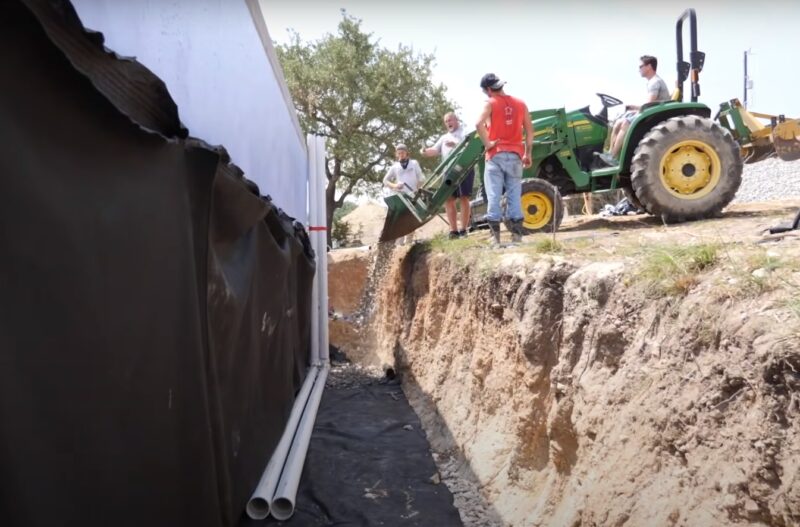For many people, small drainage pipes hidden beneath soil and stone are hardly given a second thought. Known only as “drain tiles” to some, these ordinary yet important components do vital work in keeping homes and gardens dry.
Within this guide, I hope to shed light on the world of drain tiles and why they serve us well.
The Concept and Purpose of Drain Tiles
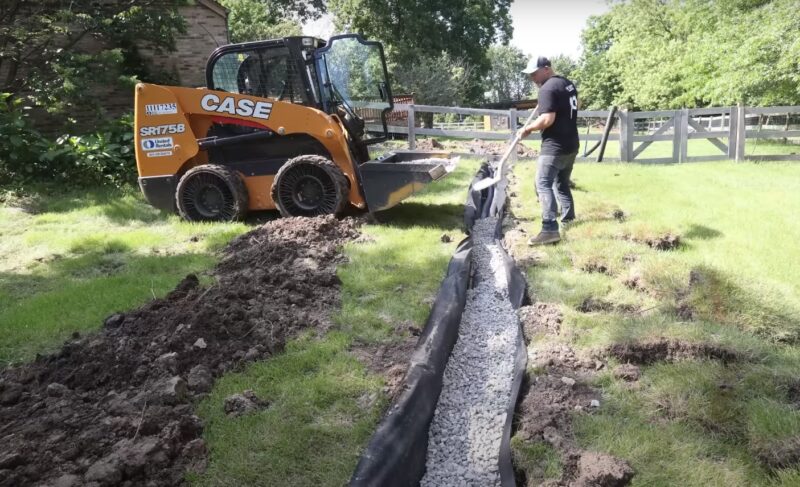
Drain tiles, a term that dates back to when clay tiles were used for drainage, are now synonymous with any piping system designed to divert water away from a structure’s foundation.
Their primary purpose is to prevent water accumulation that can lead to dampness, mold, and foundation damage. By channeling water away, drain tiles play a crucial role in maintaining the structural integrity of buildings.
- Preventing Water Damage: By diverting water, drain tiles prevent the accumulation of moisture around foundations, which can lead to structural damage.
- Reducing Mold and Mildew: By keeping foundations dry, drain tiles help reduce the risk of mold and mildew growth, which are harmful to both the structure and its occupants.
Types of Drain Tiles
All buildings need a way to direct water away from the foundation to prevent flooding in basements and damage to walls. Drain tiles help serve this purpose. There are two main types – exterior tiles and interior tiles.
Exterior tiles are installed outside, around the outside edge of the foundation wall. These help divert any rain or melted snow that collects right next to the house. By channeling this water away, exterior tiles keep it from seeping into lower levels.
Interior tiles are inside the basement, laid out on the floor. As we know, sometimes water can work its way into basements even with exterior tiles in place. Interior tiles make sure any water that does get in has a path to drain out, rather than being left to saturate the floor.
Installation

The first thing is planning – before digging anywhere, take time to look over your property. Check the lay of the land and what kind of soil you have. This helps you figure out where to place the drain tiles so water flows away from your home properly.
Once you’ve done your planning, it’s time for the physical work. You’ll need to dig long, narrow trenches about a foot deep. Lay your drain tiles in the trenches at a slight downward slope all the way to the outlet or drainage area.
After the pipes are in place, fill the trenches back in. But don’t forget to put down a layer of gravel first – this helps stabilize the drain tiles and prevents them from shifting over time. Then pile your dirt back on top.
For indoor drain tiles under a basement floor, you’ll first need to break up and remove part of the concrete. Lay your pipes, and gravel, and refill – then pour new concrete on top to finish.
Maintenance and Troubleshooting
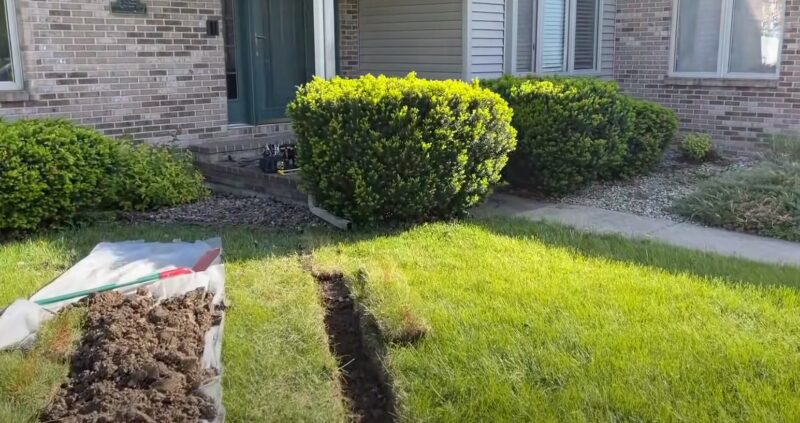
Check them a few times a year by looking for blockages from stuff like leaves or dirt. Pull anything out that doesn’t belong.
Issues can come up even with checkups. Make sure water still drains after rain and check for puddling indoors. If so, find where the drain is blocked or damaged. Fix what’s wrong before it causes bigger problems.
Taking a few minutes now and then saves hassle later on. Clear small clogs before they worsen. Keep water freely flowing away from your foundation. Just a little maintenance helps protect your home from moisture issues down the line.
The Role in Agriculture
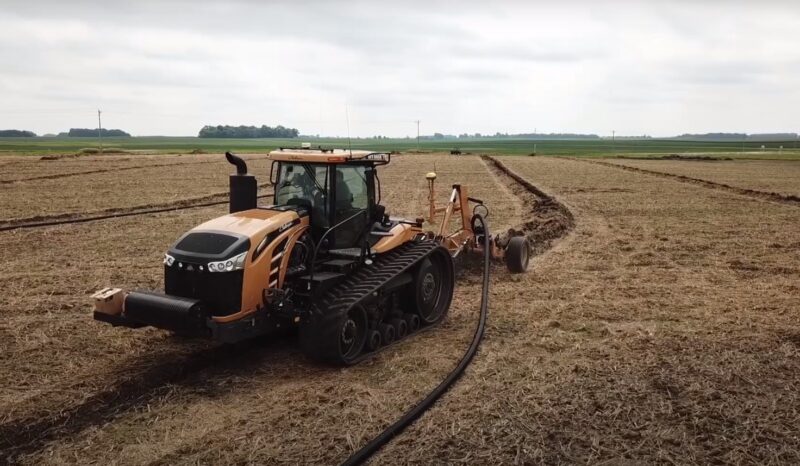
Proper drainage is really important for farming. Too much water in the soil is not good for crop growth – it can cause root rot and other issues. Drain tiles help control the water level so plants have what they need.
This improves yields because crops can grow to their full potential without stresses from too much moisture. The tiles also prevent soggy fields that machinery can get stuck in.
Drain tiles are also beneficial environmentally. They reduce runoff of topsoil which protects water quality downstream. Nutrient runoff from fields is lowered too when water flow is managed well.
Importance for Urban Infrastructure
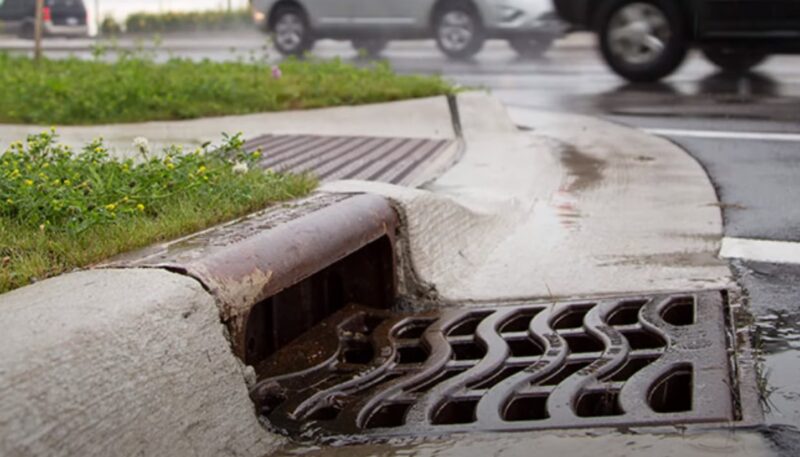
In cities with large areas of pavement and roofing that prevent absorption, controlled drainage is necessary. The tiles guide excess rainwater away from streets and infrastructure to prevent flooding.
This protects valuable assets from water damage. Sewer systems aren’t overloaded, which could otherwise cause problems throughout a city. Well-designed drainage keeps cities functioning smoothly during rain events.
New innovations incorporate drainage into things like green roofs and porous pavement. These features provide environmental benefits while aesthetically blending into the urban landscape. Tiles within these systems still allow excess water to exit safely.
Why Having a Proper Slope is Important?
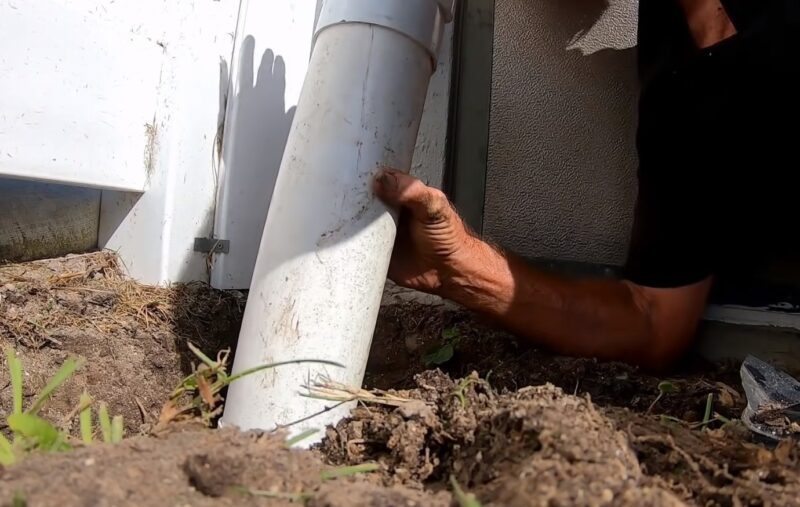
Water needs a slight downhill tilt to fully drain out of the pipes. It’s crucial to calculate the slope correctly. If it’s too steep, flowing water could erode surrounding soil and gravel. Too shallow means water won’t fully drain away.
To calculate the slope, you measure the height changes and distances between the start and end points where water exits. Simple math determines if the rise over run equals your desired slope. Double checking these measurements prevents installation errors.
When putting in tiles, using tools like a level or laser level ensures the slope is uniform throughout. This consistency is key for drainage. Techniques like staking reference points help with laying the pipes at the proper incline.
Last Words
In conclusion, drain tiles serve an important purpose in protecting property from water damage. Understanding their installation and maintenance is key for anyone managing drainage systems. While out of sight, drain tiles do crucial work ensuring water flows away from structures as intended.

